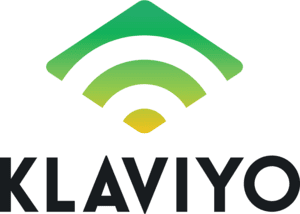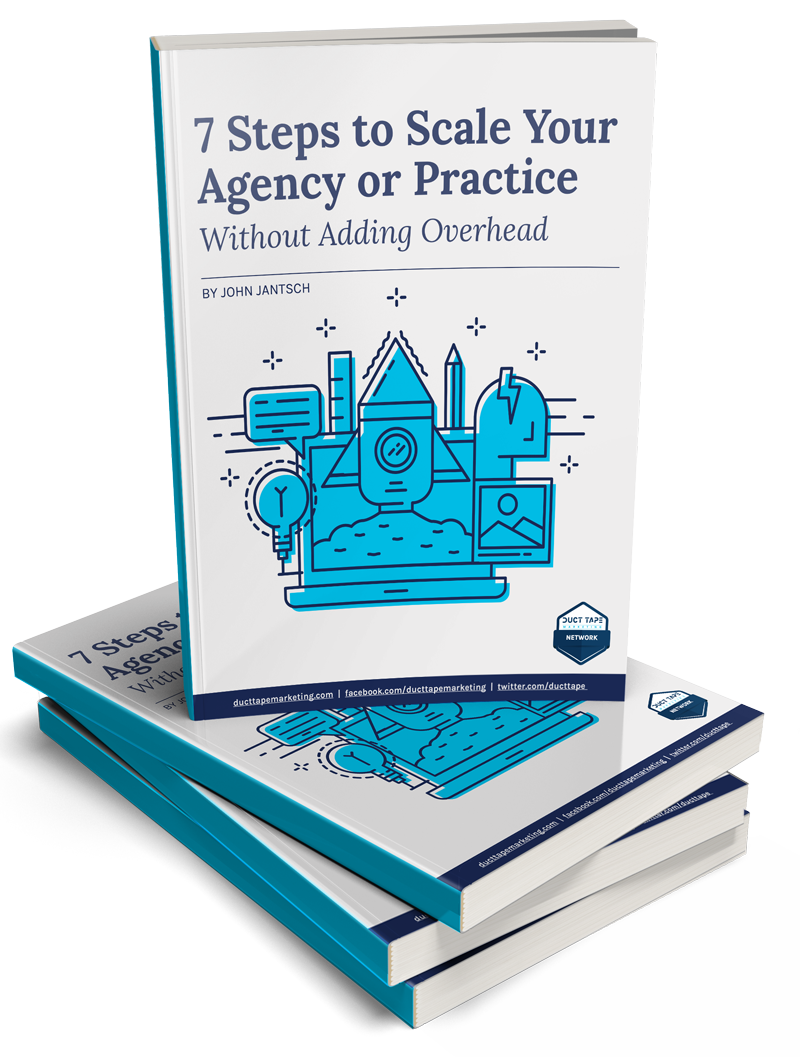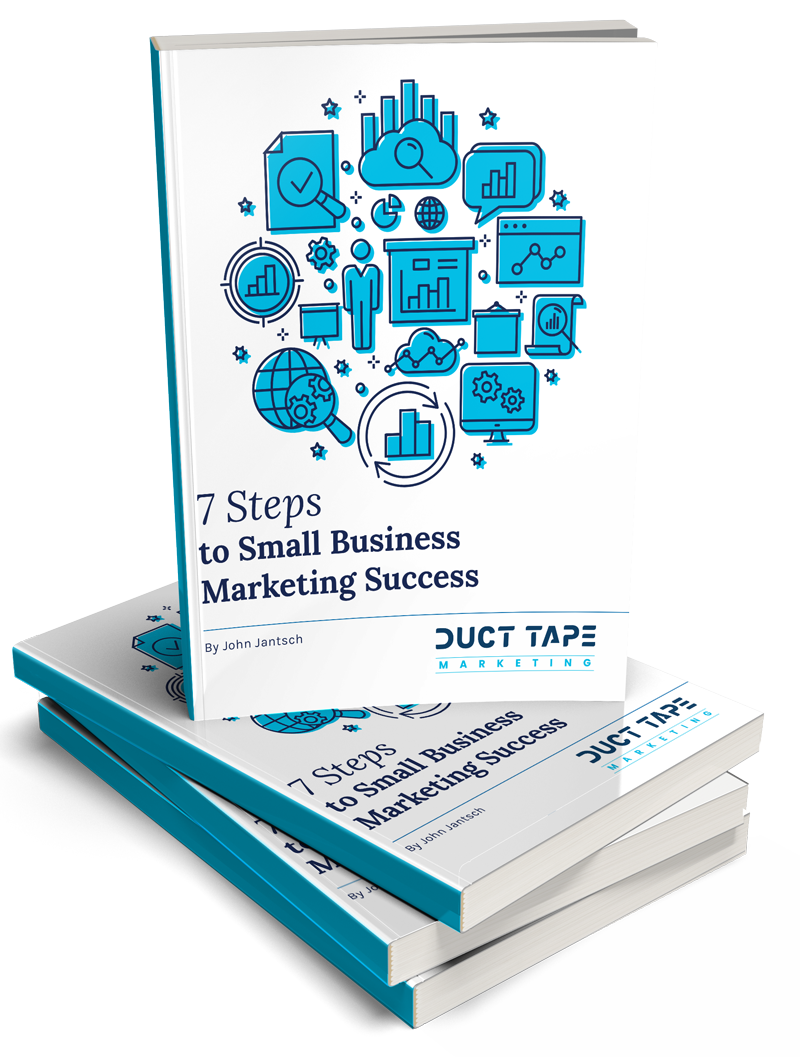Marketing Podcast with John Jantsch on the Model for Marketing Maturity, Stage 2: Grow
This is the second episode in our three-part series on the Model for Marketing Maturity. Want to learn more? Check out Stage 1: Build and Stage 3: Ignite.
The idea behind the marketing maturity model is that every business needs to begin by building the foundation for their marketing. Once they’ve built a solid foundation, they can start to grow and later ignite, or amplify, their marketing approach.
Website, content, social media, SEO, and email marketing are the primary five channels. In grow, now that we’ve built those foundational elements, we can add on paid lead generation, sales enablement, and customer experience.
1. Grow Your Website
In the build phase, you established a modern website. It has a clear promise and is mobile-friendly. Now is the time for you to add your business’s story. Incorporate your customer into the experience. Create segments so that visitors feel like the story you’re telling is speaking directly to them.
You also want to address additional technical concerns. Your website must be HTTPS secure. This is something that Google is taking note of, and those visiting your site on a Chrome browser now see a big “Not Secure” warning next to your URL if you haven’t switched to HTTPS (more on how to do that here).
Your website must also load quickly. Not only is this an important element in the customer experience, Google will also punish you in search rankings if your site loads slowly. Not sure where you stack up? You can check your site’s load times for both desktop and mobile with the PageSpeed Insights tool.
2. Get the Most Out of Your Content
Once you’ve begun the process of creating content, you want to use it as a lead generation tool. In the grow phase, the focus should switch from getting traffic to winning conversions.
In the build phase, you established a site with a review funnel, video, and core pages. The next step is to create hub pages.
Hub pages are the best way to create a content asset for your website. The pages bring together all of your relevant information on a given topic all under one roof, and so readers love them and Google rewards them in their rankings.
3. Grow Your Email List
Hub pages have an additional benefit. Once you’ve proven your thought leadership and expertise on the hub topic page, you can marry these hub pages with content upgrades. Visitors will be convinced by both the quality and quantity of information on these pages that you are the subject matter expert, and so they’ll feel there’s a good reason to give you their email address in exchange for more information.
Once you have obtained their email address and captured, you can begin to nurture your relationship with them through effective email campaigns.
3. On- and Off-Page SEO
In the build phase, you established your Google My Business page, ensured that data directories were all correct, and included descriptive, keyword-rich title tags and meta descriptions for all pages of your website.
As part of the grow phase, the first step is to master Google Search Console. This free tool from Google gives you remarkable insight into how and why people are coming to your website.
You also want to begin thinking about SEO beyond the bounds of your own website. How can you get other people to link to your content? Guest posts are a great place to start. Reaching out to relevant thought leaders in your industry and offering to write for their blogs (and asking them to contribute to yours) is a way to build up a network of external links—not to mention meaningful business connections.
Refreshing and updating your existing content is another part of the equation. For your evergreen content, what can you do to keep it relevant? Is there updated information that will keep this content useful for readers finding it today for the first time? Can you add new links that will enhance its usefulness and boost SEO?
4. Social Media Engagement and Outreach
Once you’ve established your social media presence, branded it, and have started posting content, you want to begin thinking about generating engagement. This is about asking questions that get your followers involved and start a conversation. It’s also time to think strategically about how to get people to like and share your content.
Media outreach can be a part of this next phase of social media as well. Are there publications in your area that you can share your content with? This will open you up to their established readership base, and introduce your name to new people who might be interested in what you do. Reaching out to influencers in the industry is another part of outreach. How can you get those who already have the attention of your ideal prospects talking about your products or services?
The key to expanding on the strategy you established during the build phase is doing it in a logical order. This chart provides an overview for the three stages of the marketing maturity model, and how you can begin to expand your existing channels and add new ones as you move through each stage.

Now that you’ve progressed to the grow phase, it’s time to add the following channels:
- Paid Lead Generation
- Sales Enablement
- Customer Experience
Once you have the foundational assets down, you can use these assets to generate leads and get sales conversations going.
1. Paid Lead Generation
Paid lead generation is about advertising on social media and search engines. I’ve written before about best practices for Facebook and Google ads, but this is also the phase where you should begin boosting your existing content on social media.
This is precisely why paid lead generation isn’t introduced until the grow phase. You can’t boost content that doesn’t exist, and you don’t want to begin spending money to generate leads if you don’t have a solid foundation of content, reviews, and trust elements for them to look to. Spending money to drive prospects to a bare-bones website will not generate leads and may, in fact, scare people off. Prospects need to have a clear sense of what they’re supposed to get out of your website once they arrive there.
2. Sales Enablement
The first step of sales enablement is looking to establish strategic partnerships. Are there other business owners that you can network with to generate leads for your business? These partnerships are great because they’re mutually beneficial: you get access to their existing network, and vice versa. For more on how to establish a strong network of strategic partners, check out this post.
This is also the phase where you should introduce what I like to call the discovery process. Someone visits your website, clicks your ad, or gives your business a call—now what? How do you know if they’re a good fit for you, and if they’re someone you want to work with? In this phase, you want to build a concrete process around what you do when someone expresses interest in your business.
3. Customer Experience
The build phase was about generating reviews, the grow phase is about responding to them. How you respond to reviews is a critical part of the customer experience, not just for the reviewer, but for any other customers who may happen upon the review in the future. And in fact, your responses to reviews, when handled properly, can become a great form of content that business owners often overlook.
You also want to build a structured onboarding process for new customers. Marketing is about so much more than just getting the sale; it’s about keeping an existing customer happy and coming back for more. Once you acquire a customer, what happens? What does their welcome kit look like? How do you set expectations moving forward?
The build phase was focused on the fundamentals. The grow phase was about adding components onto those essential channels, plus introducing three new channels to the mix. Once you build these areas out, you have a well-oiled marketing machine. There is, of course, still fine tuning and tweaking to be done, but this establishes a strong basis for all marketing moving forward.
In the final episode on the model for marketing maturity, we’ll cover the ignite phase, where you build even further on these channels and introduce new tools to automate and strengthen your approach.
Like this show? Click on over and give us a review on iTunes, please!

This episode of the Duct Tape Marketing Podcast is brought to you by Klaviyo. If you’re looking to grow your business there is only one way: by building real, quality customer relationships. That’s where Klaviyo comes in.
Klaviyo helps you build meaningful relationships by listening and understanding cues from your customers, allowing you to easily turn that information into valuable marketing messages.
What’s their secret? Tune into Klaviyo’s Beyond Black Friday docu-series to find out and unlock marketing strategies you can use to keep momentum going year-round. Just head on over to klaviyo.com/beyondbf.



